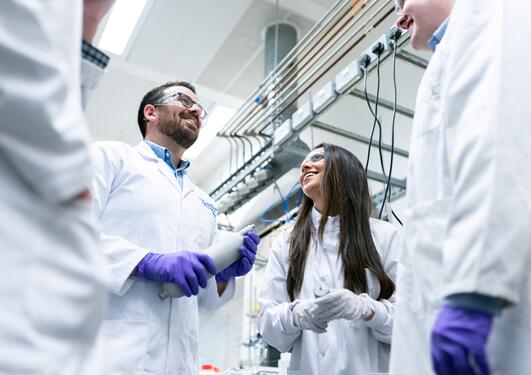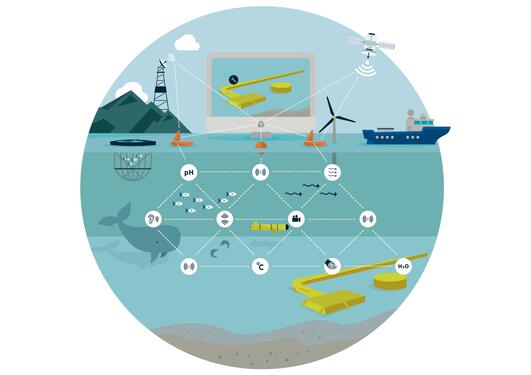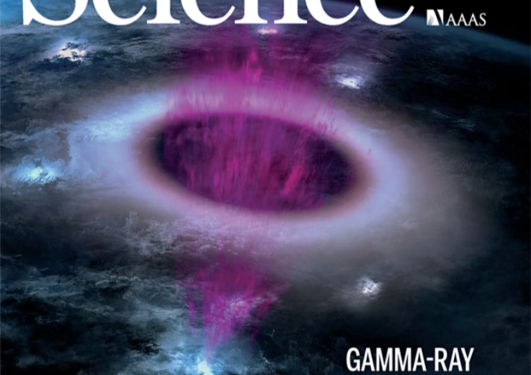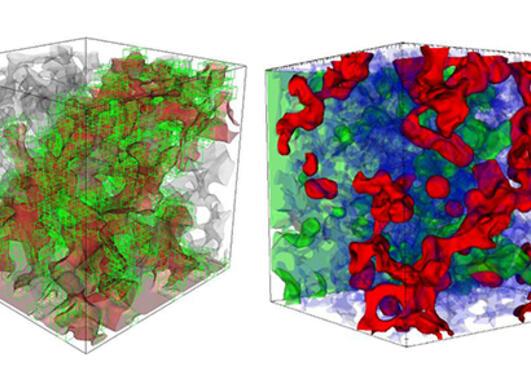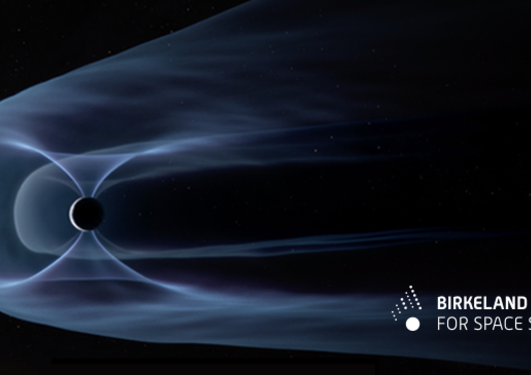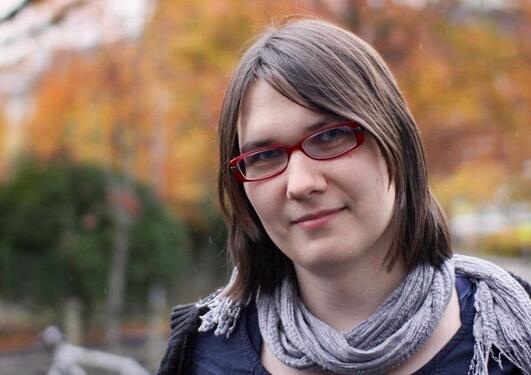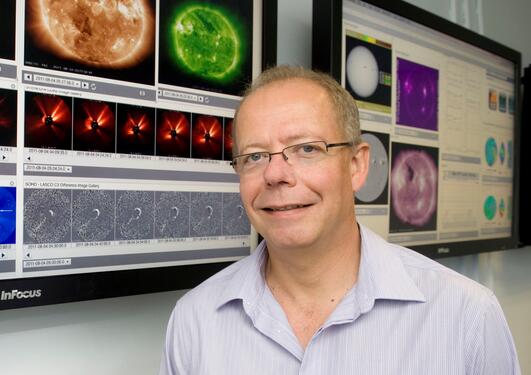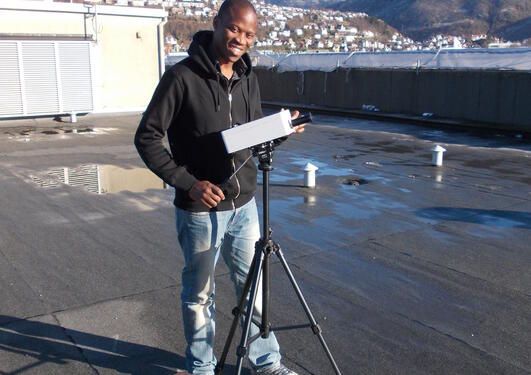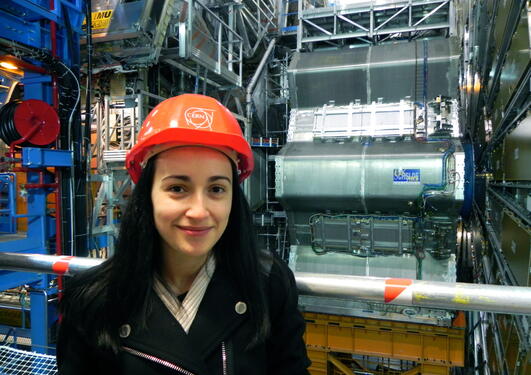News archive for Department of Physics and Technology
The UN Ocean Science Decade gets off to a flying start through the University of Bergen’s new interdisciplinary SEAS Fellowship Programme.
For the next 5 years, UiB will be training a new generation of marine research leaders and decision makers to ensure sustainable oceans.
The ocean industries have the potential to double their economic growth in the next ten years. Meanwhile, the health of the oceans is at stake. SFI Smart Ocean plan to create an ocean observation system which will sustainably ensure economic growth.
More effective as well as cheaper technology will be the outcome of a new innovation project, led by the University of Bergen.
Together with UiS / Norce and UT Austin (USA), Prof. Martin Fernø's group has received funding for the project "Foam Dynamics in the Presence of Oil during Multiphase Flow in Porous Rock".
It has been known since 2009 that the auroras seen around the North and South Poles are not symmetrical as had been formerly assumed. New results based on research done at the Birkeland Centre for Space Science at UiB present a surprising explanation behind this asymmetry.
The Bergen Offshore Wind Centre officially opened on 13 September. For the University of Bergen this is an important part of our contribution to society, according to Energy Director Kristin Guldbrandsen Frøysa.
She’s both a groundbreaking computer scientist and an excellent teacher; and now she’s awarded the Teaching Prize at the Faculty of Mathematics and Natural Sciences.
Professor Michael Hesse commitment to space physics honoured by NASA.
The solar radiation at the top of the atmosphere is attenuated before it reaches the earth's surface. The attenuation is due to extinction (scattering and absorption) by particles and molecules in the atmosphere. If the solar radiation at the top of the atmosphere is known, the radiation received at the earth's surface can be used to reveal the properties of the atmospheric aerosol.
According to the well-known equation E=mc2, mass and energy are equivalent. If a huge amount of energy is concentrated in a tiny space, particles with certain mass are produced. These particles are always created in pairs, that is, energy can transform into matter only when the latter is accompanied by its counterpart, antimatter. The opposite holds true as well: when a particle and its... Read more
Pages
- January 2025 (1)
- November 2024 (1)
- September 2024 (2)
- August 2024 (1)
- April 2024 (1)
- November 2023 (1)
- June 2023 (1)
- March 2023 (2)
- January 2023 (1)
- November 2022 (3)
- July 2022 (1)
- April 2022 (1)
- January 2022 (1)
- April 2021 (1)
- February 2021 (1)
- June 2020 (1)
- January 2020 (1)
- October 2019 (1)
- February 2019 (1)
- January 2019 (2)
- September 2018 (1)
- October 2017 (1)
- June 2017 (1)
- February 2014 (2)
- January 2011 (1)
